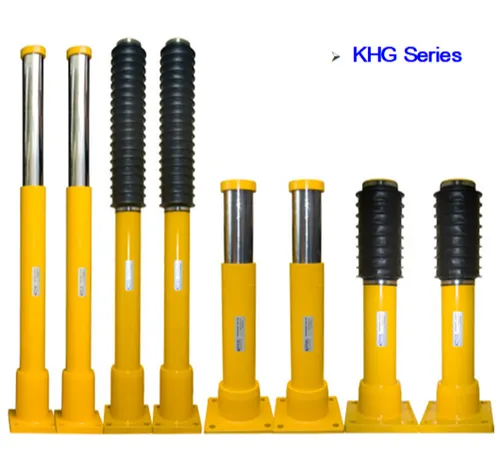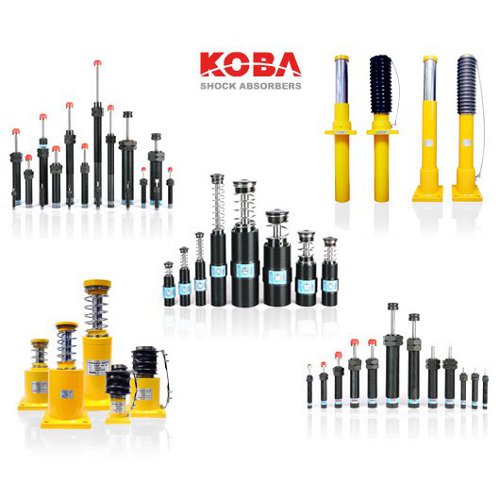Shock absorbers are a critical component of any vehicle, providing a cushioning effect against the road by dampening the force of impact of the wheels against the road. They are essential for a smooth and comfortable ride and can help protect the vehicle from damage and wear caused by the rigors of driving. Shock absorbers work by using a combination of springs and hydraulic fluid to absorb and dissipate the shock of the impact of the wheels against the road. They are located between the frame and the axle and generally consist of a metal cylinder filled with hydraulic fluid and a piston that moves up and down within the cylinder. As the wheels travel over bumps, the piston is forced up and down, pushing the hydraulic fluid through a series of valves. This controls the flow of the fluid and helps to dampen the shock of the impact.
Different types of shock absorbers
Shocks can be utilized in a wide range of automobiles and are available in a range of options. The most typical ones are as follows:
- Conventional Telescopic Shock Absorbers: You can use conventional telescopic shock absorbers on both your front and rear tires. These are the most cost-effective forms of shocks available, making them the most appealing to manufacturers and personal car enthusiasts. If your shocks are damaged, these shocks are economical and simple to replace.
- Strut-Type Shock Absorbers: The suspension system of your car is replaced by strut-type shock absorbers, which also serve to cushion the ride while supporting the weight of your vehicle. These shocks are typically seen in larger vehicles.
- Spring Seat Shocks: The suspension system is replaced by spring seat shocks, which act as both a support system for your car and a system intended to make driving more comfortable. They work similarly to strut-type shock absorbers. Despite this, spring seat shocks are unable to support the same amount of weight as strut-type shocks. As a result, lighter cars tend to be equipped with these shocks.
Signs for replacing shock absorbers in your vehicle 
You will notice various signs that give you hints that your shock absorbers need to be replaced. Some of them are mentioned below:
- As a result of the road’s small inclines, the journey becomes rough, and passengers may experience a feeling of being on an unending merry-go-round.
- The car’s absorbing capacity will noticeably decline. Driving on crooked roads will make you experience vibrations.
- While navigating potholes or shoddy-designed road bumps, you can hear thud-thud noises.
- On typical humps, a clonk-like sound can also be heard.
Maintenance of the shock absorbers
Owning an automobile entails regular servicing. You must regularly ensure that your shock absorbers can cooperate if you want to keep them in good condition. You should visit your neighborhood garage to have a professional assess whether or not your shock absorbers need to be replaced if you lack the mechanical know-how to maintain them on your own. The shocks in your automobile improve your driving experience and lengthen the life of your tires. To increase their lifespan, it is critical to make sure they experience as little stress as possible.
